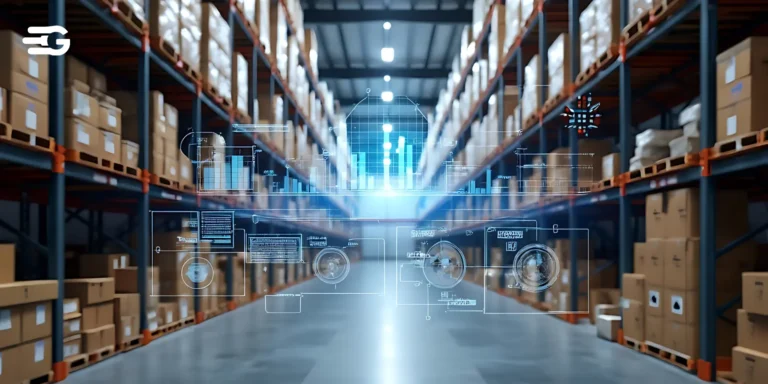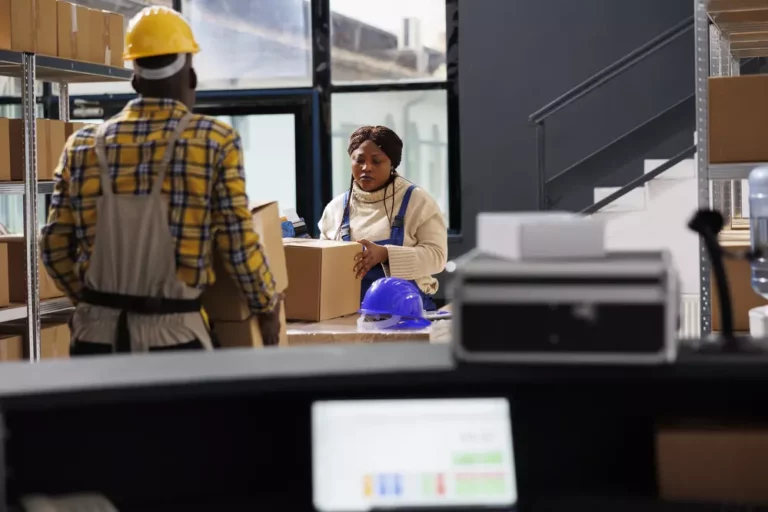How Trump 2.0 Could Impact International Trade and Logistics
Donald Trump’s policies have always sparked intense discussions, especially regarding international trade. His first term as President disrupted long-standing trade practices and sent ripples across global markets. With a fresh mandate, Donald Trump’s second term is already sending waves across the international trade and logistics sectors. The question remains: how will another Trump presidency reshape international trade and the logistics industry? From tariffs to supply chain shifts, let’s dive into what could be in store.
1. Reigniting the Trade War: What It Means for Global Business
When Trump first took office, his tariffs on China marked the beginning of a heated trade war. Now, with a second term, he shows no signs of softening. Many insiders speculate that Trump plans to impose even stricter tariffs on Chinese goods, aiming to curb dependence on foreign manufacturing.
These tariffs would impact prices on a vast array of imports, from electronics to apparel. For businesses, this means that operating costs could soar. Companies might seek alternative suppliers outside of China, intensifying logistics demands across regions like Southeast Asia and South America. This shift could strain already challenged supply chains, pushing companies to rethink strategies to ensure timely deliveries and competitive pricing.
2. Strengthening “America First” Policies
Trump’s “America First” policy will likely deepen, with new rules favoring American-made products. His focus on bolstering domestic manufacturing could drive substantial changes in how goods are transported and stored within the U.S.
To meet demand, U.S. manufacturers may increase their production capacities. This shift will affect supply chain logistics, particularly in warehousing and transportation. Ports and railways may see reduced traffic from imports, while domestic shipping lanes experience a surge. This could spark opportunities for local logistics firms but create challenges for companies relying on foreign suppliers.
3. Supply Chain Reshuffling and Nearshoring
The drive to bring manufacturing closer to home will likely see increased momentum. Trump’s approach may encourage nearshoring, especially in countries like Mexico. Nearshoring can be faster and cheaper than shipping from overseas, but it also means adapting to different regulatory and logistical frameworks.
For logistics providers, this will mean shifting operations to accommodate a more localized supply chain model. It also presents a chance for logistics businesses to expand in regions neighboring the U.S., as demand for quick and flexible supply chain solutions continues to grow. Nearshoring can provide more control over shipping times, but firms must adapt to different trade rules and ensure smooth border logistics to maintain efficiency.
4. Trade Deals and New Alliances
Trump’s approach to trade deals often involves re-negotiating terms to prioritize American businesses. His plans may lead to more trade negotiations, potentially with the European Union, the UK, and Asian countries outside of China. If the terms favor the U.S. too heavily, countries might respond with retaliatory tariffs, affecting trade flows and impacting logistics across borders.
Logistics providers will need to stay agile, monitoring any updates to trade deals and assessing their impact on routes and costs. Depending on how these negotiations unfold, some shipping lanes might see reduced volume, while new alliances could open up fresh trade routes. The uncertainty around these deals requires logistics companies to have flexible strategies and stay ahead of geopolitical shifts.
5. Technology and Automation Investments in the Logistics Industry
One area Trump has consistently promoted is the advancement of technology within the U.S. To reduce reliance on foreign tech imports, his administration may provide incentives for logistics firms to invest in automation and technology. From automated warehouses to AI-driven route optimization, these advancements could eanhance efficiency.
For logistics companies, this shift presents a chance to modernize, potentially cutting costs on labor and improving delivery times. However, the initial costs of adopting new technology could be a barrier for smaller firms. Those able to capitalize on these changes could improve their margins, especially as consumer expectations for fast deliveries grow.
6. Environmental Regulations and Emissions Standards
While Trump is not known for advocating environmental regulations, there’s speculation that his administration may set new policies aimed at emissions reduction, primarily to improve U.S. infrastructure. Changes to fuel standards, for instance, could impact logistics, as trucks and ships would require upgrades to comply.
For logistics companies, this presents a challenge, as upgrading fleets and equipment could require significant investment. Still, firms that adopt cleaner technologies may find new business opportunities, particularly with clients prioritizing eco-friendly logistics solutions. This shift could also spur innovation within the industry, as companies explore ways such as carbon emission tracking to maintain efficiency while meeting any new environmental guidelines.
7. Customs and Border Regulations Tightening
A second Trump term may bring stricter border controls, impacting how goods move in and out of the U.S. Increased scrutiny at borders could result in longer wait times, affecting perishable goods and time-sensitive shipments.
For businesses and logistics companies, navigating these tighter controls will be crucial. Companies may need to adjust delivery schedules, factor in additional processing times, and possibly explore alternative entry points to avoid bottlenecks. Adapting to these changes will be essential for firms looking to maintain smooth operations, especially for those dealing with products that require quick customs clearance.
8. Labor and Workforce Implications
The logistics sector relies heavily on a robust workforce, from truck drivers to warehouse workers. Trump’s policies on immigration and labor could have significant effects on the available labor pool. With tighter immigration restrictions, companies may face challenges in finding enough skilled workers to meet demand.
To address potential labor shortages, logistics companies might invest in training programs to upskill American workers. Some may also look toward automation as a way to reduce dependence on manual labor. These adjustments could reshape how the industry operates, leading to a more technologically driven and potentially smaller workforce over time.
9. Impact on E-commerce and Consumer Expectations
E-commerce has boomed in recent years, with consumers expecting faster and cheaper delivery. But Trump’s second term could disrupt some of the key elements that make rapid e-commerce deliveries possible. Changes in tariffs and border policies could impact the cost and speed of international shipments, especially for smaller e-commerce businesses that rely on foreign goods.
As these changes unfold, logistics providers will need to work closely with e-commerce companies to manage costs and ensure timely deliveries. Some businesses may consider sourcing products domestically, increasing demand for U.S.-based suppliers. This could present new challenges for logistics firms, who will need to adjust to shorter but more frequent delivery demands within the U.S.
10. Preparing for the Unknown: Staying Agile in a Changing Landscape
While predicting every detail of Trump’s policies is challenging, one thing is clear: the logistics and trade sectors will need to stay adaptable. Flexibility will be key, as shifts in tariffs, trade deals, and customs regulations could reshape the industry at any moment.
Many companies may choose to diversify their supply chains, reducing dependence on any single country or region. For logistics providers, this means building relationships with a broader network of suppliers, carriers, and customs agents to ensure smooth operations regardless of policy changes. Those who can pivot quickly and respond to new challenges are likely to fare best in the evolving world of international trade.
Final Words
As Trump’s second term takes shape, the logistics and international trade sectors will face new challenges. But with these challenges come opportunities for those willing to adapt and innovate. Businesses that stay alert to policy shifts and invest in flexibility will be well-positioned to navigate the coming years.
The landscape of global trade is changing. Is your logistics strategy prepared? Learn how GoComet’s platform can optimize your supply chain despite new tariffs. Get started!






